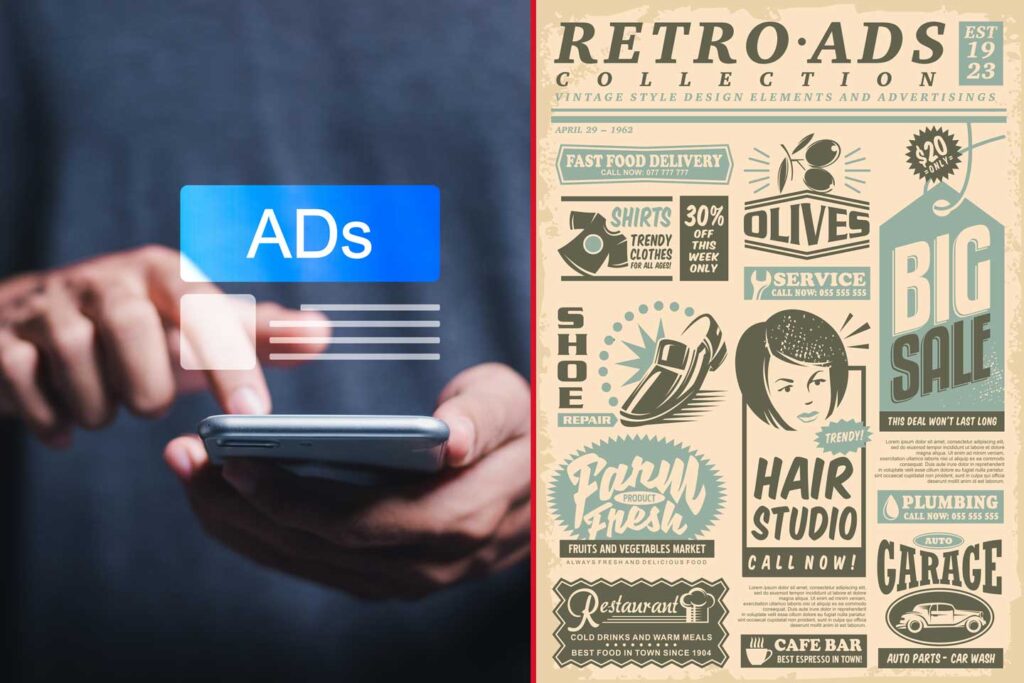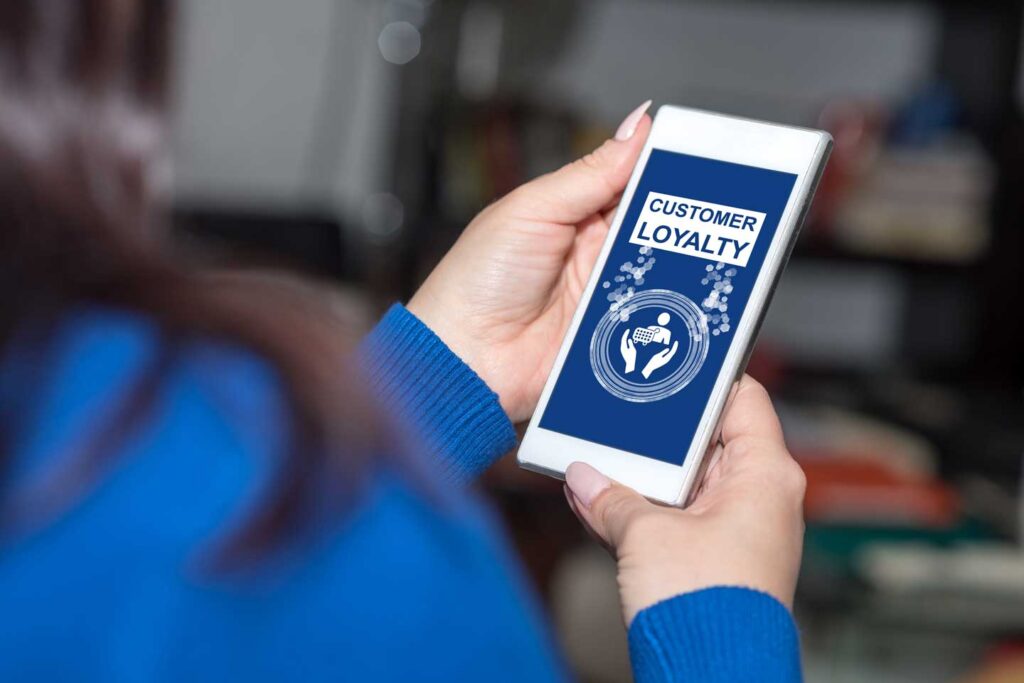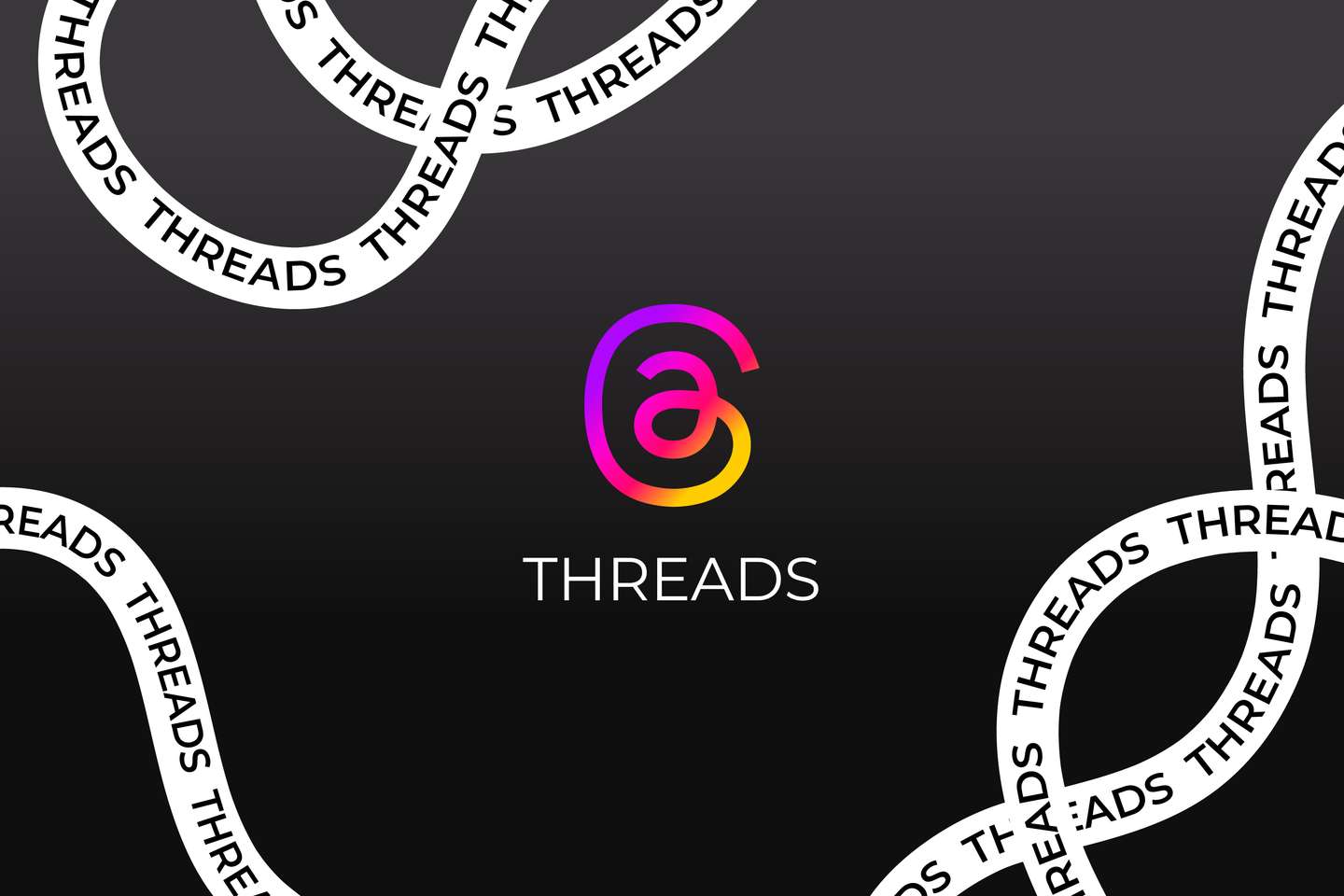In our rapidly evolving digital landscape, smartphones and tablets have become much more than just tools for communication. They are now integral platforms that allow brands to connect with, engage, and retain their customers effectively. In comparison to traditional marketing methods like print, TV, or radio, mobile marketing stands out due to its unique benefits in reach, personalization, and immediacy, making it an essential tool for today’s marketers.
Why Mobile Marketing is a Game-Changer
One of the most compelling advantages of mobile marketing is its constant presence in consumers’ lives. With nearly 97% of Americans owning a mobile phone and around 90% owning a smartphone, per the Pew Research Center (2023), these devices are always within reach. This accessibility enables marketers to deliver messages in real-time and contextually relevant ways, whether through SMS, push notifications, or in-app promotions.

Additionally, mobile marketing excels in personalization and targeting. Unlike traditional advertising that tends to reach a broad audience, mobile platforms utilize insights like location, browsing behavior, and app usage to create messages tailored to individual preferences. This focused approach significantly boosts engagement and conversion rates, making mobile marketing a crucial element of any modern marketing strategy.
By understanding and leveraging the power of mobile devices, brands can create more meaningful connections with their audiences, ultimately driving better results.
Driving Sales Through Mobile Marketing
Mobile marketing is more than just a tool for creating brand awareness; it’s a powerful driver that guides consumers directly to make a purchase. Features such as “click-to-call” options, mobile shopping applications, and integrated mobile payments streamline the journey from discovering a product to completing the sale. According to Statista (2024), mobile e-commerce is projected to represent over 60% of total online sales by 2025.
Additionally, mobile marketing strategies encourage two-way communication, which is essential for effective dialogue marketing. Many brands utilize mobile surveys, SMS campaigns, or chatbots to gather feedback and adjust their offerings in real-time. Loyalty programs via mobile apps are becoming increasingly popular, with companies like Starbucks and Sephora leading the way. These programs offer customers exclusive rewards, discounts, and personalized experiences, all of which strengthen brand loyalty.

Overcoming Challenges in Mobile Marketing
While mobile marketing has significant advantages, it also comes with certain challenges, such as small screen interfaces, privacy issues, and the fleeting attention spans of users. Fortunately, marketers can tackle these obstacles by implementing strategic approaches:
1. Responsive Design and Clear Messaging: Crafting content that is easy to read and engaging on smaller screens is crucial. Use short paragraphs, bullet points, and captivating visuals to grab attention quickly.
2. Privacy and Permission-Based Strategies: Building trust is imperative in mobile marketing. Being transparent about data collection and providing opt-in options for promotions can ensure compliance with privacy regulations like GDPR and CCPA.
3. Performance Monitoring and A/B Testing: To achieve optimal results, marketers should leverage tools such as Google Analytics and social media insights to analyze user behavior and experiment with various strategies.

By utilizing these methods, businesses can maximize the effectiveness of their mobile marketing efforts and create meaningful connections with their customers.
Concluding Insights
With the increasing reliance on mobile devices, marketers have a greater chance to craft influential, data-informed, and deeply personalized campaigns. In contrast to traditional marketing methods that tend to be broad and static, mobile marketing offers a dynamic and targeted approach—allowing brands to engage with consumers at the ideal time, location, and with the appropriate message.
By harnessing its advantages and tackling its obstacles, mobile marketing emerges as a game-changing element in the customer journey, encompassing every stage from initial awareness to brand loyalty.
References
Pew Research Center. (2023). Mobile Fact Sheet. https://www.pewresearch.org/internet/fact-sheet/mobile/
Statista. (2024). Mobile Commerce – Statistics & Facts. https://www.statista.com/topics/871/online-shopping/



